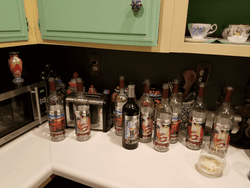Chardonnay is more than just a grape. It is a symphony of flavors, a story told in every sip. Join me on a journey through time, taste, and terroir as we decode the global appeal of Chardonnay. We’ll explore the history, flavor profile, production secrets, and regional nuances of this exceptional grape.
Chardonnay’s Storied Past
Chardonnay’s journey is a tapestry woven through centuries of winemaking history. It originates from the region of Burgundy, France, and takes its name from the small southern town of Maconnais. The earliest mention of the grape dates back to 1330. It is believed to have been spread around France by Cistercian monks. The first recorded arrival of Chardonnay in California was in 1882 when Charles Wetmore imported budwood from Meursault. Other important imports were by Paul Masson in 1896 and the Wente family in 1912. The chameleon-like nature, adapting to various climates and soils, has contributed to Chardonnay’s humble endurance.
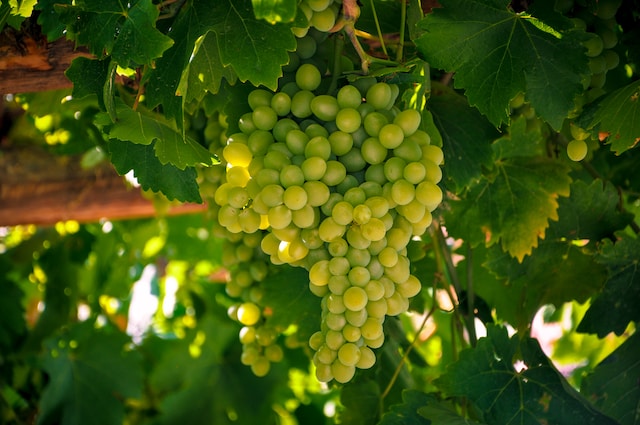
The Art of Production
Creating Chardonnay is an intricate art form. Every decision, from harvest timing to aging techniques, influences the final product. Grapes can be harvested early for a vibrant acidity or allowed to mature longer for a more luscious mouthfeel. The use of oak barrels introduces complex flavors and textures, adding layers of depth to the wine.
One of the secrets behind that luxurious “buttery” taste lies in a process called Malolactic Fermentation, where tart malic acid is converted to softer lactic acid, imparting a creamy texture and buttery notes. Another technique, Battonage (also known as Lees Stirring), involves stirring the wine while it ages on its lees, enhancing its richness and complexity.
Exploring the Flavor
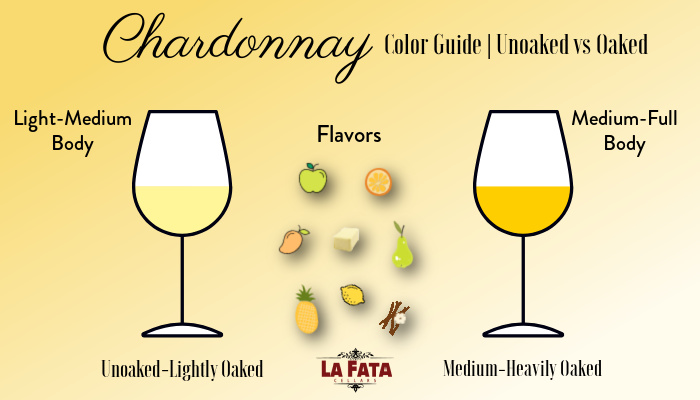
The flavor spectrum of Chardonnay is nothing short of enchanting – a captivating dance from crisp to creamy, zesty to buttery. A grape that reflects the artistry of the winemaker, Chardonnay’s flavors are shaped by its terroir and the methods employed during production. A symphony of green apple, citrus, pear, and butter are typical primary notes. They are often accompanied by secondary notes of vanilla, caramel, melon, and toasty oak nuances from barrel aging.
Oaked vs. Chablis-Style Chardonnay
Chardonnay’s journey through barrels or tanks shapes its character dramatically. Oaked Chardonnays, showcase the influence of oak aging, with flavors of vanilla and caramel that complement the fruit. On the other hand, Chablis-style Chardonnays, usually unoaked, are celebrated for their purity and crispness. This style of Chardonnay allows the fruit to shine without the veil of oak.

Cool vs. Warm Climate Chardonnay
Chardonnay thrives in diverse climates, each influencing its personality. Cool climate Chardonnays, like those from regions with maritime influences, exhibit zesty acidity and elegant minerality. Warm climate Chardonnays, as found in sun-kissed locales, tend to be riper and fuller, showcasing flavors of tropical fruits and ripe citrus. Our 2021 Pillars and Principles, is a testament to the sun-drenched elegance of warm climate Chardonnay.
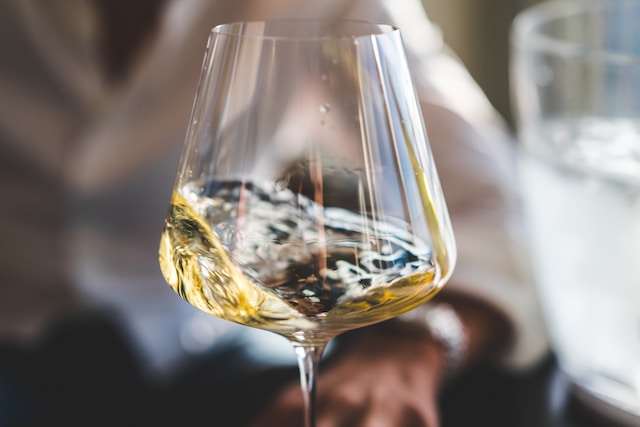
The Global Expanse of Chardonnay
While Chardonnay’s heart lies in Burgundy, it’s a globe-trotter, thriving in diverse regions. California, particularly Napa Valley and Sonoma Coast, has carved a niche for itself in the world of Chardonnay. The combination of sunny days and cooling breezes from the Pacific Ocean create wines that embody the state’s unique character. Chardonnay was the most planted grape varietal in the state until 2022 when Cabernet Sauvignon took the title. However, it continues to reign as the state’s most planted white wine grape.
Celebrating Chardonnay’s Legacy

In the grand tapestry of wine, Chardonnay stands as a luminary. From the cool slopes of Burgundy to the sun-kissed vineyards of California, it enchants with its versatility and captivates with its complexity. There’s a style of Chardonnay for everyone, whether a classic Burgundy or a meticulously crafted bottle like the 2021 Pillars and Principles. With every sip, you’re tasting history, geography, and the very essence of craftsmanship. So, here’s to Chardonnay, a grape that continues to be the life of the wine party. Moreover, it’s a testament to the magic that happens when nature and human skill unite. Cheers!
